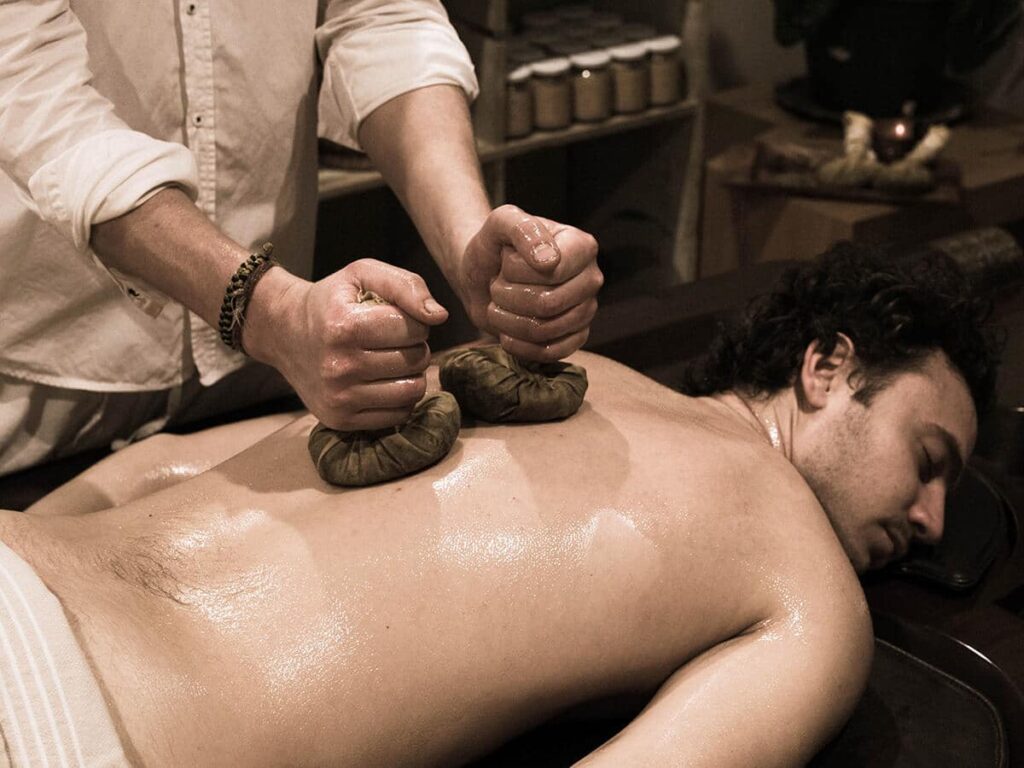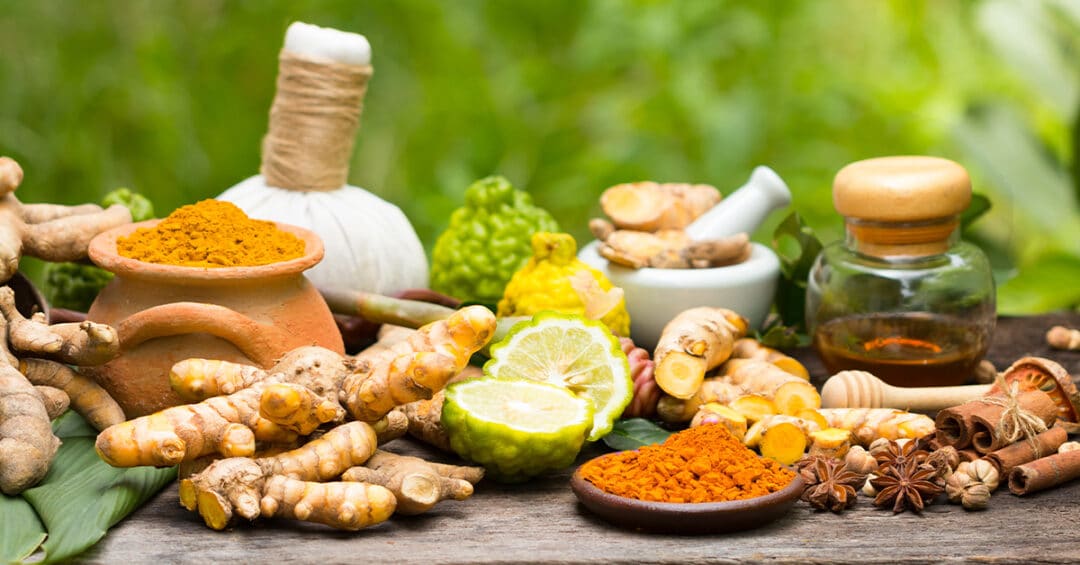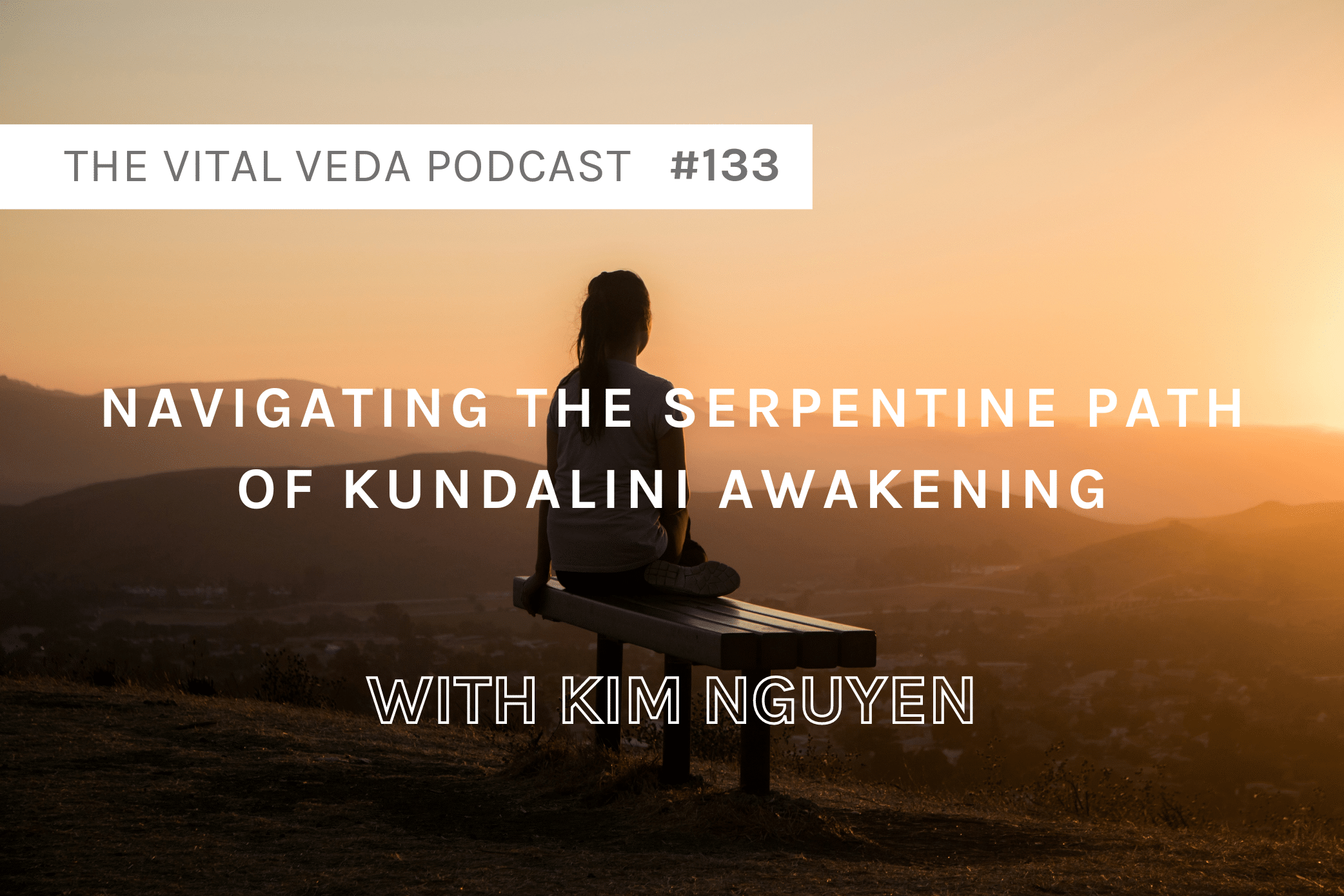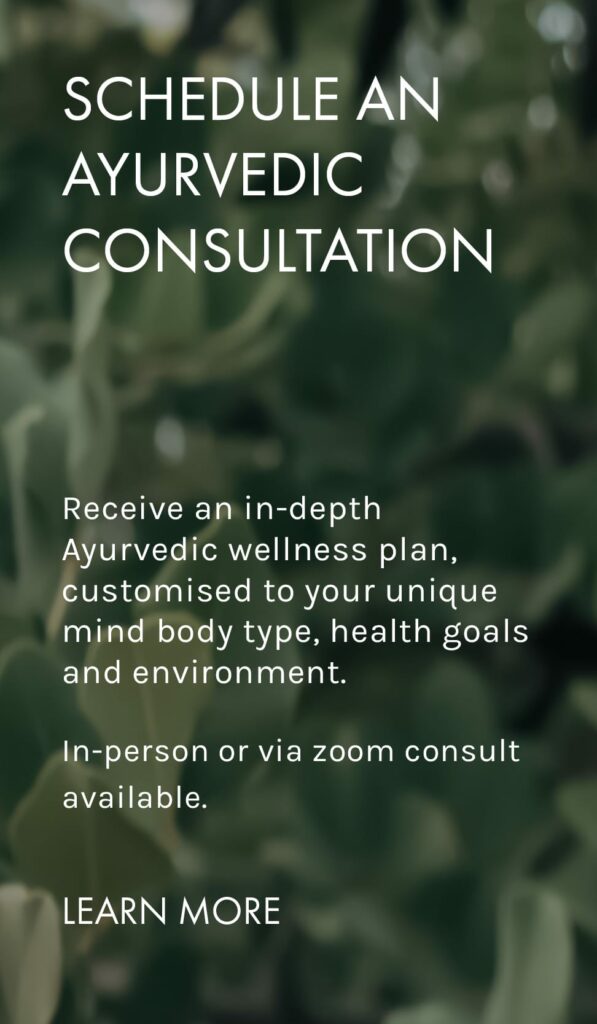Ayurveda revolutionises your health but…
The following practices and herbs are often carelessly and commonly used due to misinformation, misunderstanding and trends.
1. ASHWAGANDHA
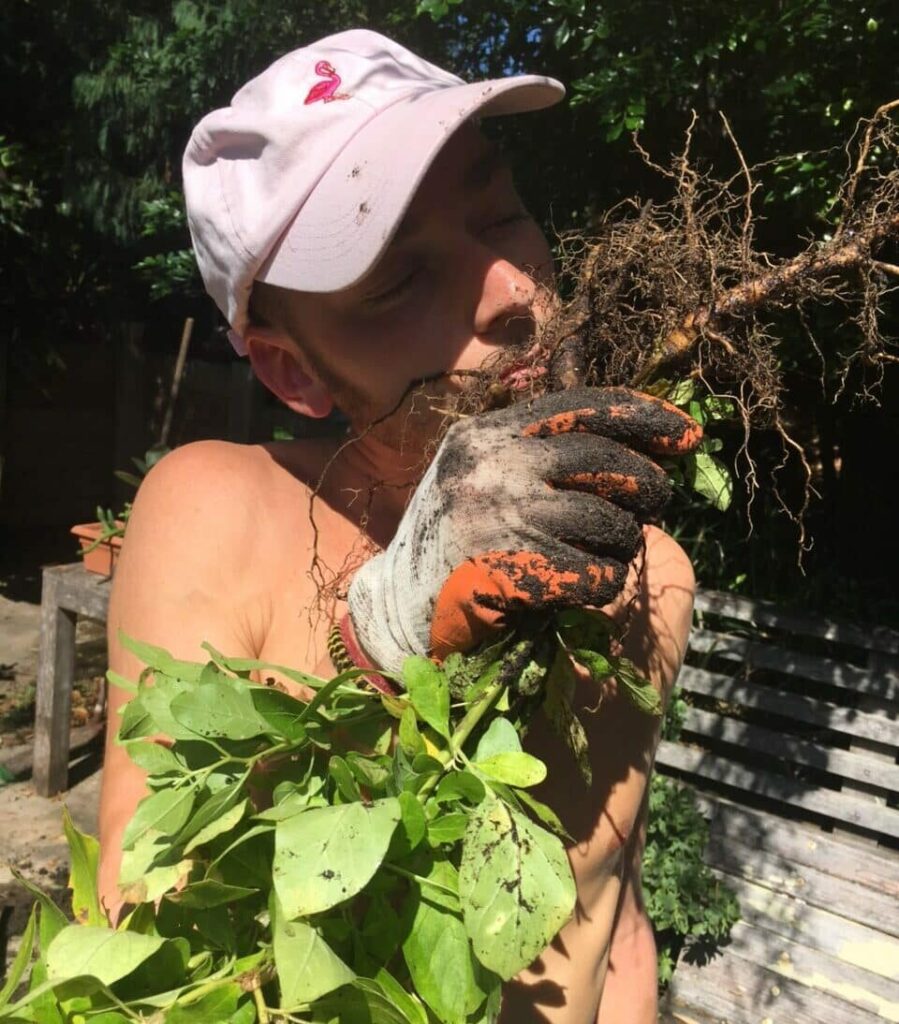
Naturopaths call it by it’s first botanical name, “Withania”, but aśvagañdhā is not a herb you want to be taking by itself (as a single herb). If you do, the dose will be high enough (e.g. 2 grams + / day) that it will become more like a food, and the potency (vīrya) will not absorb well, causing you to miss out on therapeutic effects that this night-shade has to offer.
I always recommend having in an intelligently crafted formula like “Bliss” by One Eleven Health which combines smaller doses of aśvagañdhā with other herbs to provide wholesome healing effect plus this combination helps balance any potentially aggravating qualities of this wonderful root that smells like a horse stable.
2. CHYWANPRASH
Cyavana Prāsa is a classical formula that sage Chyavana created for powerful anti-ageing effects.
The problem is, most of the original ingredients of this formula are not available, and the substitutes are not only inadequate but (in rare cases) may cause imbalances.
Being one of the most popular classical Ayurvedic formulations, hundreds of companies make cyavanaprāsa, but I only know one company that makes it right (but recently I’m doubtful they are maintaining integrity). Plus, a lot of these companies are also using herbs not properly purified.
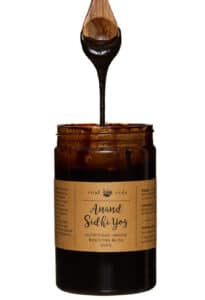
I however take it to the next level and recommend the superior version of this respiratory balancing, immune boosting and energy enhancing rasāyana (longevity elixir): “Anand Sid Yog”.
3. HOT WATER WITH LEMON, GINGER AND HONEY
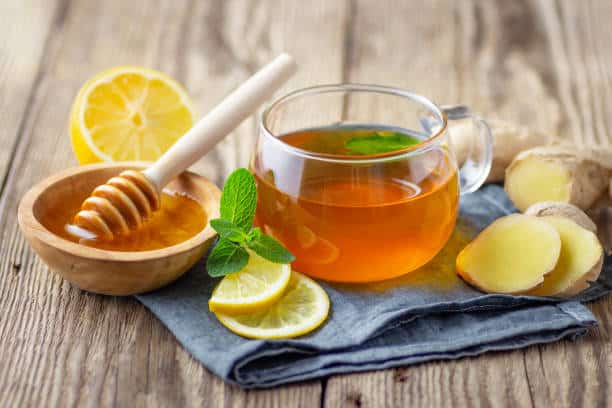
Ayurvedic physicians and teachers themselves are recommending this “detox drink”. They are aware honey should not be heated, but think it is okay to add in honey “if your pinky finger can withstand the water temperature”.
Heating honey beyond 37 degrees C. is “deadly” in Ayurveda. Don’t even try it with “warm” drinks.
For more on this, read my article “Honey: Nectar or Poison?”.
4. DRY SCRUBBING/BRUSHING
A practice to reduce kapha, which is a minority of the population. Majority have a vata imbalance (ungrounded nervous system and excessive movements), of which dry brushing will further aggravate.
Abhyanga (Ayurvedic Self-Oil Massage) is a wonderful way to enhance lymphatic drainage, plus it pacifies the nervous system and skin rather than aggravate it. A wiser choice. Dry brushing should not be a daily practice for most people.
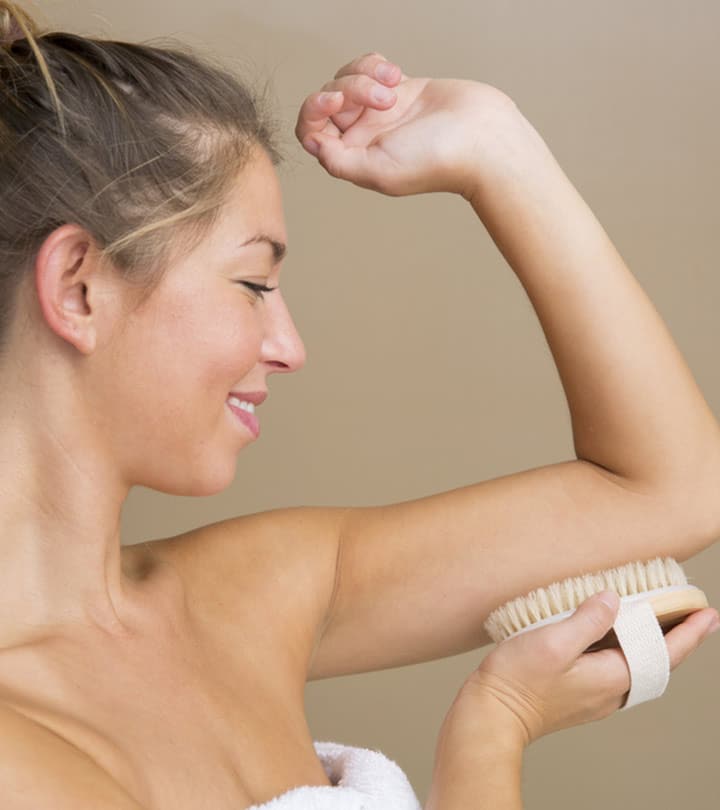
5. FRESH TURMERIC
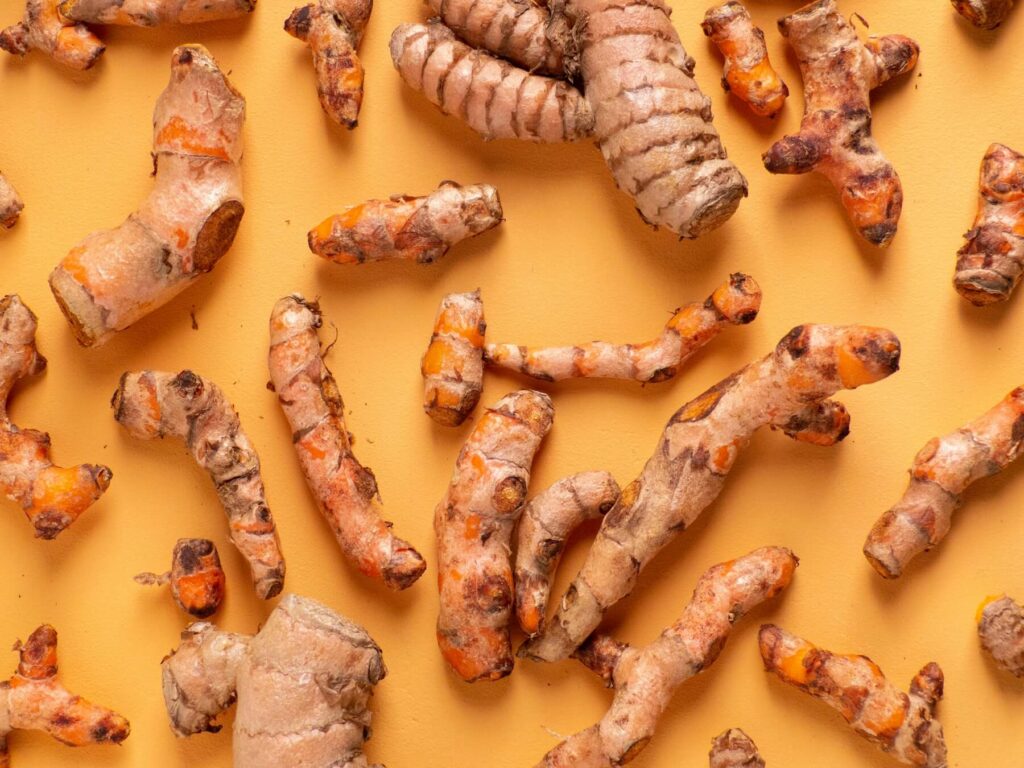
All foods and especially herbs require their own unique purification method (śodana saṃskāra). Turmeric has its own unique purification method of boiling the root with certain substances before drying and grinding into powder. A lot of turmeric producers in India practice these methods.
Turmeric powder is fantastic to consume daily, but fresh not so often.
6. SHILAJIT
Śilājatu, a highly prized Ayurvedic mineral that oozes out from mountain crevices is highly adulterated in the market and hardly anyone is practicing proper purification of this herb, which for śilājat is very important.
Furthermore, people are self-prescribing and unaware of certain catalysts and formulas that are important to combine with.

7. ENEMAS
Enemas, known as “basti” or “vasti” in Ayurveda, are one of the five most powerful cleansing therapies (pañcakarma), in which Ayurveda has significant knowledge and experience.
Problem is, people are administering coffee enemas, colonic irrigation and even so called “Ayurvedic enemas” with sesame oil, soap water, herbal decoctions or ayurvedic oils, which are all damaging, particularly to the nervous system.
People are not using specific safe and more potent medicated Ayurvedic oils. Another area of neglect is preparation for enema therapy (pūrva karma) and post-purification rejuvenation (samsarjana karma).
For more on this, read the full article on our blog: “Enemas, Bastis & Colonics: Think Twice Before Sticking Anything Up Your Bum”.
8. PANCHAKARMA
